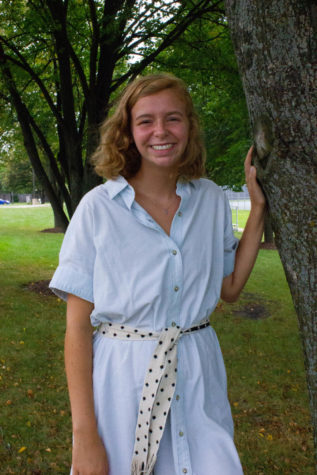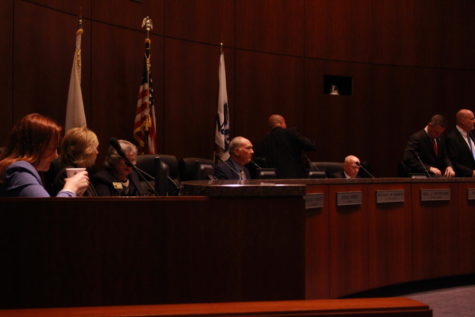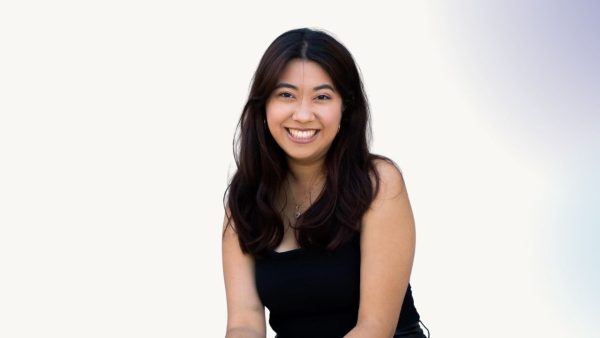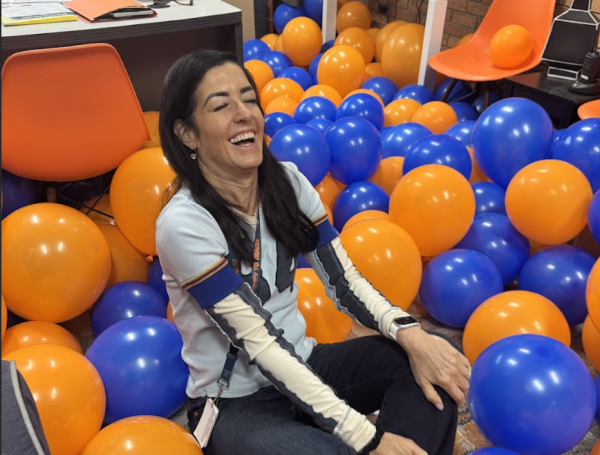More than just winter blues: What is Seasonal Affective Disorder?
The days are shortening, the air is growing crisp and bitter, and vivid hues of magenta and golden yellow are seizing the green trees: a sure sign of the approaching winter season. For many, the dull weeks of winter solstice are thwarted with the technicolor vibrancy of holidays and hot chocolate. However, for a smaller group, a brooding sense of monochromaticity resurfaces with the arrival of the colder months.
Seasonal Affective Disorder (SAD) is a type of depression that ebbs and flows with the seasons. Symptoms include, but are not limited to, a lack of energy and motivation, irritability and changes in appetite and sleep patterns. According to Amy Bilka, a five-year private practitioner for clinical psychology, the condition packs a harder punch than the casual “winter blues.”
“You usually can do all the same things you normally do, you just don’t feel as happy maybe or as energetic,” Bilka said. “With SAD you would really notice a big change where it would just make… things that you normally do really difficult.”
Bilka describes our brains as biological clocks are regulated by sunlight, so when mornings last longer and nights creep up faster, the body’s normal sleeping patterns and overall mood is thrown off course. Levels of serotonin and melatonin—chemicals which regulate mood and sleep—are drastically altered, resulting in a combination of unpleasant symptoms.
SAD can often be mistaken as the typical response to the drop in temperature. However, according to NNHS junior Maggie Willson, SAD is far worse than the common winter slump. Coping with this condition in the cold season is akin to operating the controls of a plummeting aircraft—it becomes difficult to escape unease and fulfill even the simple tasks.
“If it’s a dark, rainy day, I’m not leaving my house at all. It is a miracle to get me to go out and do stuff,” Willson said. “In my mind, if it’s not sunny, you can’t enjoy anything.”
According to Mental Health America, five percent of the U.S. population experience seasonal depression in a given year. Yet, SAD lacks the proper research relative to other categories of depression. When typing “depression” into the search bar for the National Institute of Mental Health, there are 955 results of various studies and articles. “Seasonal affective disorder” produces a meager 21 results. Consequently, the disorder has been swept under the rug as its prevalence in the media and public eye is limited.
However, despite the lack of research, psychologists have found effective treatments for SAD.
In an effort to replace the winter’s lack of sunlight, psychologists and therapists will incorporate light therapy into their treatment methods. Balanced spectrum light, shining from a lamp or a “light box,” provides a substitute for natural sunlight while regulating one’s biological clock.
Other than medication, psychotherapy—also known as talk therapy—is one of the most common treatment methods. Bilka detailed the benefits of this practice.
“[Psychotherapy] can help people learn some healthy coping skills to manage their symptoms and help them change some negative thinking habits or negative behaviors… [SAD] does affect your life in a significant way,” Bilka said.
To learn more about SAD, click here.
To explore options for light therapy, click here.
If you feel that you may be struggling with this disorder, visit a counselor or psychologist to get a proper screening and treatment options.
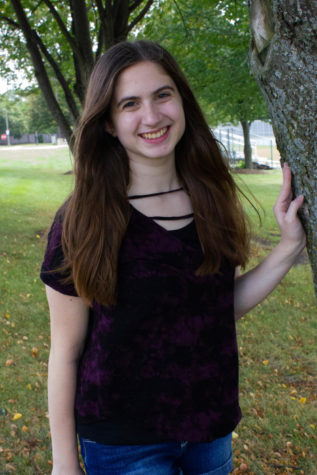
Elise Mulligan is ready for her senior year at Naperville North. As Editor-in-Chief of The North Star, she has big shoes to fill but is excited to help...
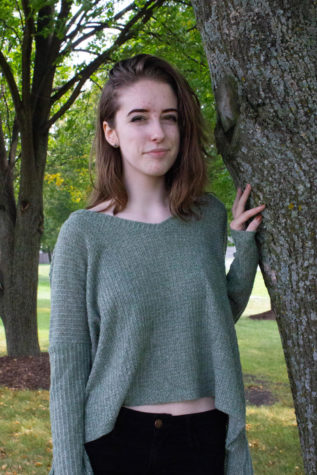
Robyn is a senior at Naperville North returning for her second year on The North Star and her first year as the Multimedia Producer. She is looking forward...


